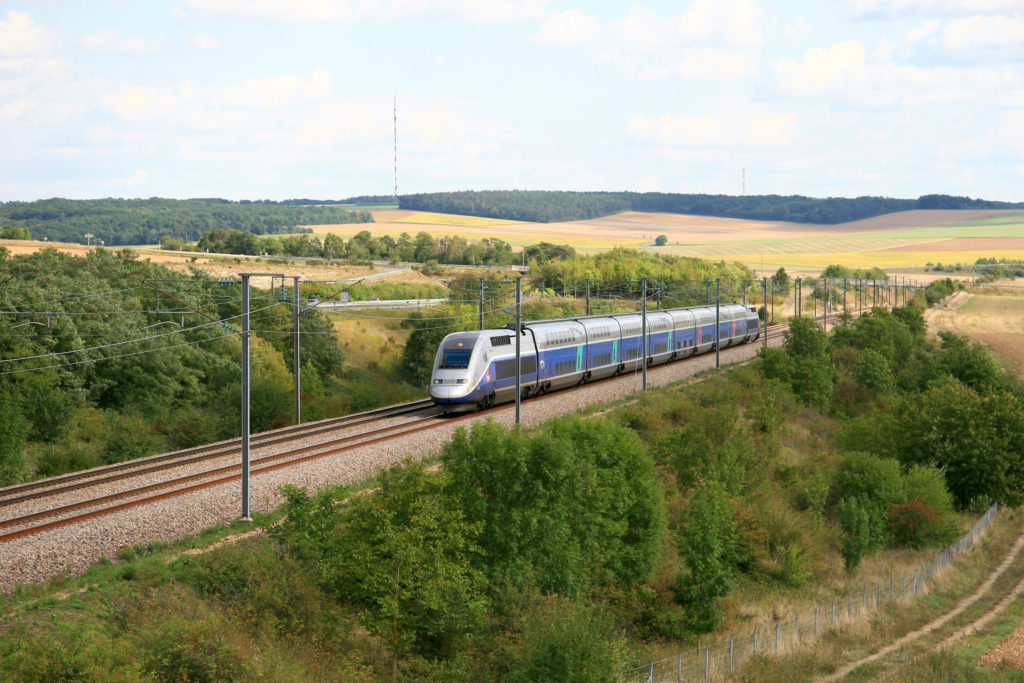
Germany begins to make demonstrations combining trains capable of circulating without human intervention. France is working on it, but it will take a few more years to see an autonomous TGV.
It is not only in France where we are interested in the autonomous train. Also across the Rhine, this evolution of rail is the subject of much attention, but also of significant efforts. The proof: Germany has just welcomed a notable advance in this quest for trains capable of getting by without help on the tracks. On October 11, Deutsche Bahn thus communicated on a conclusive test.
With the support of Siemens Mobility, Deutsche Bahn says it has been able to run a train that runs by itself within normal rail traffic. The test took place in Hamburg, in the north of the country, over a portion of the 23-kilometer network. Other trains are scheduled to run until October 15, when the ITS World Congress (ITS stands for Intelligent Transport Systems), in Hamburg, will end.

In the test reported by Deutsche Bahn, the train runs automatically and is controlled by digital technologies. He can thus move alone on the line and also “turn around”, that is to say follow a trajectory on dedicated tracks in order to start again in the other direction. However, these maneuvers are however done under the supervision of drivers, just in case.
In detail, it is explained that the technical basis for digital train operation is the future European standard ATO (Automatic Train Operation) combined with the European train control system (ETCS). Trains receive control signals by radio. As with cars, so-called ATO trains have different degrees of autonomy, between one (the least autonomous) and four (the most autonomous).
It is in December that these machines will welcome the public in Hamburg, always with drivers in the cab, for safety. Longer term, ” this technology will also be used nationally for regional and long-distance transport », Continues the German counterpart of the SNCF. In all, this project required 60 million euros of investment.
And in France then?
On this side of the Rhine, the automation of railway lines is already (in part) a reality: lines 1 and 14 of the Paris metro run automatically on their tracks, without the intervention of a driver. In addition, work is underway to also switch line 4. And in the longer term, probably by 2050, lines 6, 7, 9 and 13 should also take the plunge.
On the other hand, the situation is very different when you leave the RATP network. The lines used by the SNCF to transport passengers will have to wait a few more years before seeing at least a first prototype launch. According to a progress report from the French National Railway Company, in July 2021, an important milestone must occur in 2023.

On this date, fully automatic prototypes will circulate. If the experience feedback is satisfactory, SNCF hopes ” initiate the industrialization process »In 2025. But it is only a year later that we will be able to really get on TGVs traveling in full autonomy – even if there again, the presence of a driver on board should continue for a time.
The SNCF carried out semi-autonomous or remote-controlled train tests. In April 2019, a remotely driven train traveled 4 km between Villeneuve-Saint-Georges (Val-de-Marne) and Juvisy-sur-Orge (Essonne). Then in October 2020, a train in partial autonomy – some functions were completely, such as braking and acceleration – which rolled between Longwy and Longuyon (Meurthe-et-Moselle).



